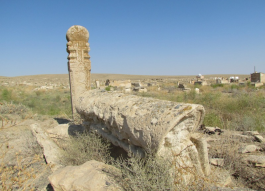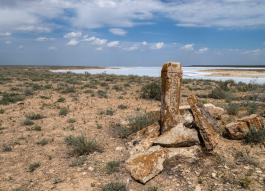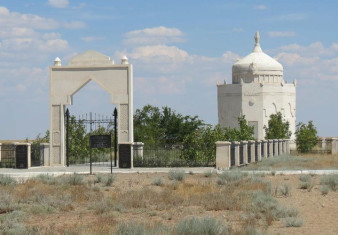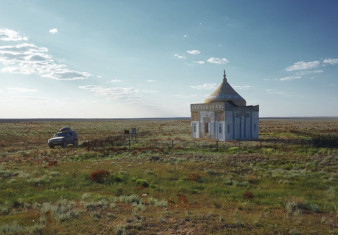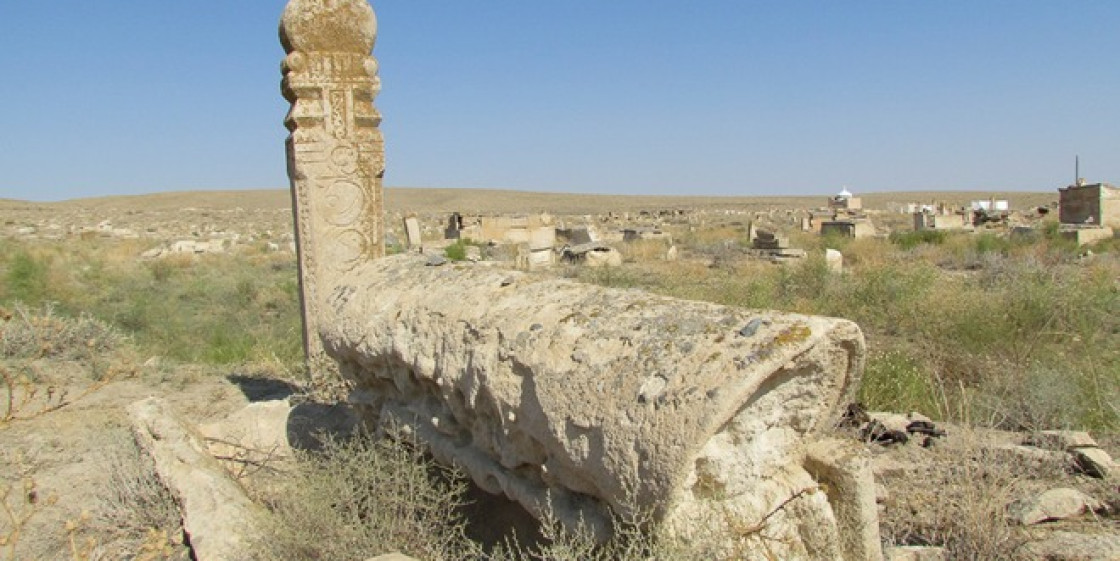
 Cultural heritage
Cultural heritage
Senek reserve is an architectural monument of the XVII - XX centuries, it represents a necropolis consisting of several sepulchral constructions and an old mosque. To reach this place is not so simple, the reserve is located in a distant aul Senek of the Atyrau region. The necropolis consists of two groups of sepulchral constructions, the first group is dated from the XIX – XX c.c. and includes 3 domical mausoleums, more than 30 saganatams and one more small tombstone (kulpytas and koitas).
Saganatam is a grave construction in the form of fencing with an open top and a small superelevation on the headboard of the grave. Flag stones, with the length of 60 - 70 cm, width of 40 - 50 cm and thickness of 7 - 10 cm. were cut and carved for the building of saganatam’s walls. Saganatam had no concrete, its foundation was riveted. Flag stone walls were established slightly away from the edge of this frame trimming.
The slabs raised in two rows at a distance of 60 - 65 cm from one another. All the monuments of the first group of the necropolis together occupy an area of more than 1,5 hectares. The second group of the sepulchral constructions is located south eastward at a distance of 600 meters, it has the area of a bit over 1 hectare and consists of two domical mausoleums, about 20 saganatams and several small tombstones.
From the architectural viewpoint, the most attractive among the necropolis’s first group is the mausoleum of Nurbergen Kylyshev built in 1900 by the popular architects Dutbai Zhandauletov and Nurniyaz Izbasarov. The mausoleum’s composition is organized in an accurate combination of the quadrangular frame on a developed three-hinged profiled base with a well set up roof of the dome on a cylindrical drum. The mausoleum has absolutely correct laconic forms.
The main facade is located on the south-eastern side, it is highlighted with a parapet and decorated with a round medallion covered with carvings in the form of the national ornament. The entrance gate is framed by a portal with a profiled Fascia (a small cornice) and a four-step flight closed with massive longitudinal stands. The inner side of the facade and the walls of the mausoleum are decorated with complex designs, it demonstrates great skills of the architects once again.
Patterns of the ornament are performed by means of high technology and based on plant motifs (flowers, petals, buds) and zoomorphic forms (tuye-taban, kosmuiz, synarmuiz) and geometric shapes (circles, triangles, diamonds, squares). The technique of carving along the outline followed by polychrome coloring was applied in the decoration of the Mausoleum. In the second group of the necropolis’s structures, the Mazar of a certain Bekkula Zhantorin is of the greatest interest as an architectural monument.
The Mazar was built around 1785 - 1790 years, it is distinguished with its strong squat proportions and well-preserved gravestone constructions which are the indicative of that era. Except the necropolis consisting of two groups of buildings, the mosque building of Senek and a yurt-shaped house located in the center of the village are also included in the Senek architectural reserve. Both buildings are dated from about the end of XIXth and early XXth century, they are made of hewn sandstone limestone and represent the architectural forms and techniques of nonurban (aul) construction of that time. The architectural Senek reserve undoubtedly attracts specialists of history and architecture as well as ordinary tourists striving to know and understand the history of the native shore.
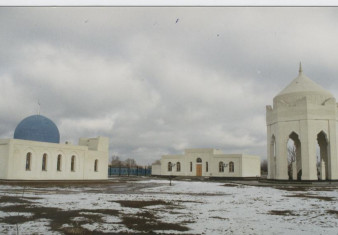
In 50 km from the modern city of Atyrau, there is one of perspective tourist routes, regional memorial estate "Khan Ordaly Sarajshyk" who opens all ancient history of the Kazakh people.
The grave site of the great Kazakh poet of the 19th century, free-thinker and inspirer of the rebellion of Makhambet Utemisov is situated in Inder, Atyrau region, 40 km to the south-east from the village Inderbor.
Atyrau region is rich in its architectural monuments of culture, one of them is considered to be Zhuban Mausoleum.
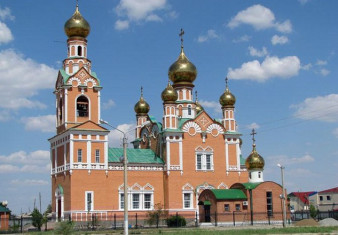
One of the oldest and most beautiful architectural monuments of the city - Uspenski Cathedral is located in the heart of the city of Atyrau, on Issatay Taimanov street, just a few steps from the main square.
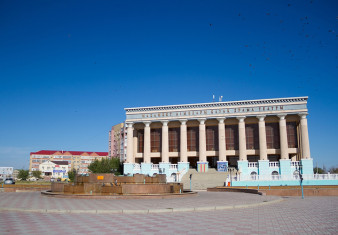
One of the leading places in the cultural life of Atyrau and the whole Atyrau region belongs to the Kazakh Drama Theater named after Makhambet Utemisov.
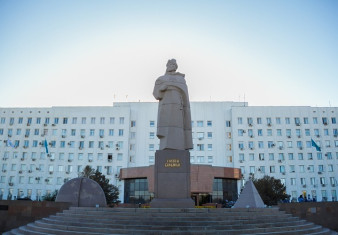
A monument of a legendary figure, warrior and statesman - Beibarys Sultan (full name is Sultan Baibars al-Malik al-Zahir Rukn ad-Din Beybarys al-Bundukdari al-Salikh) is established in the center of Atyrau, on Aiteke byi street, right in front of the regional administrative center.














